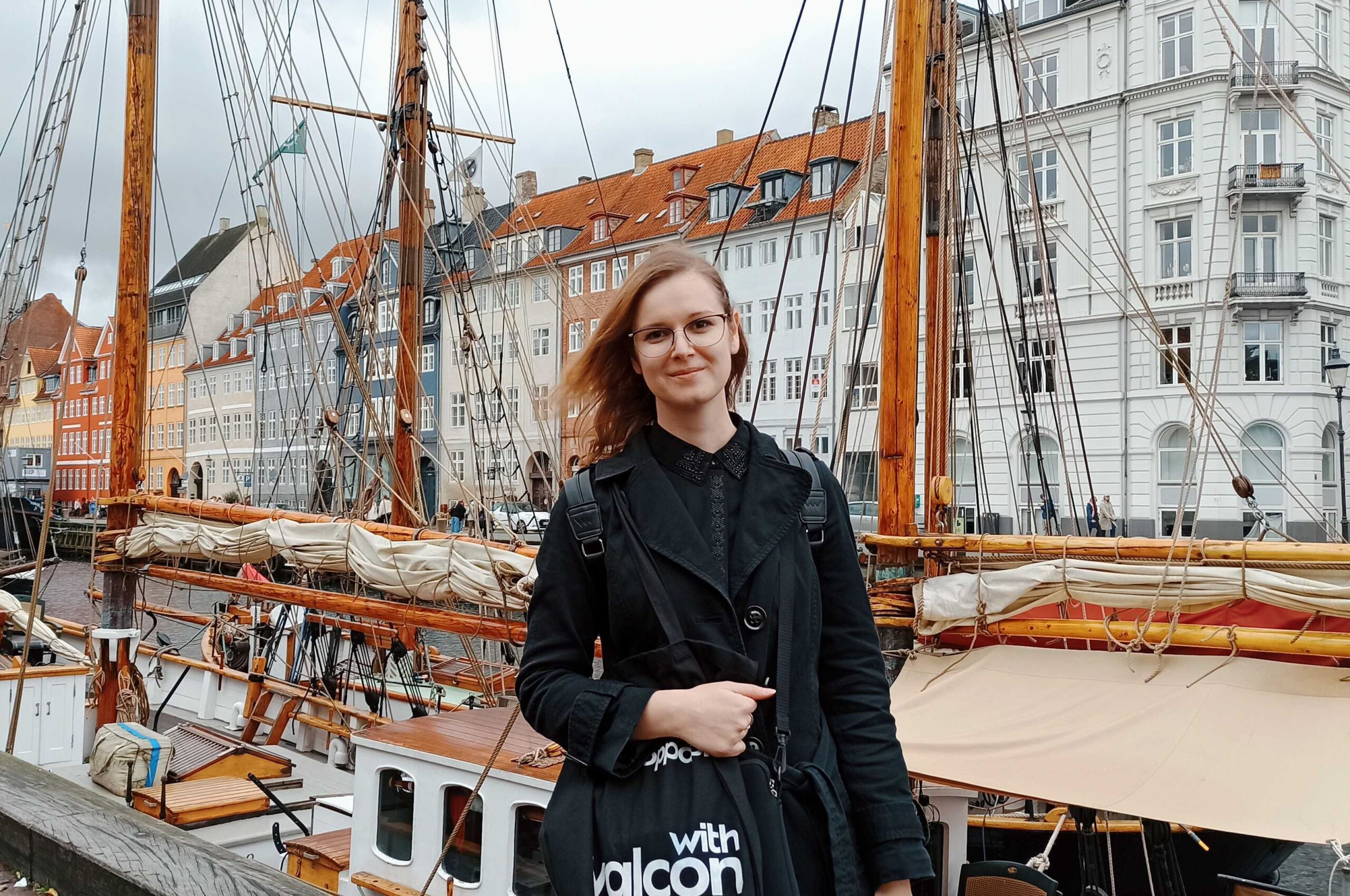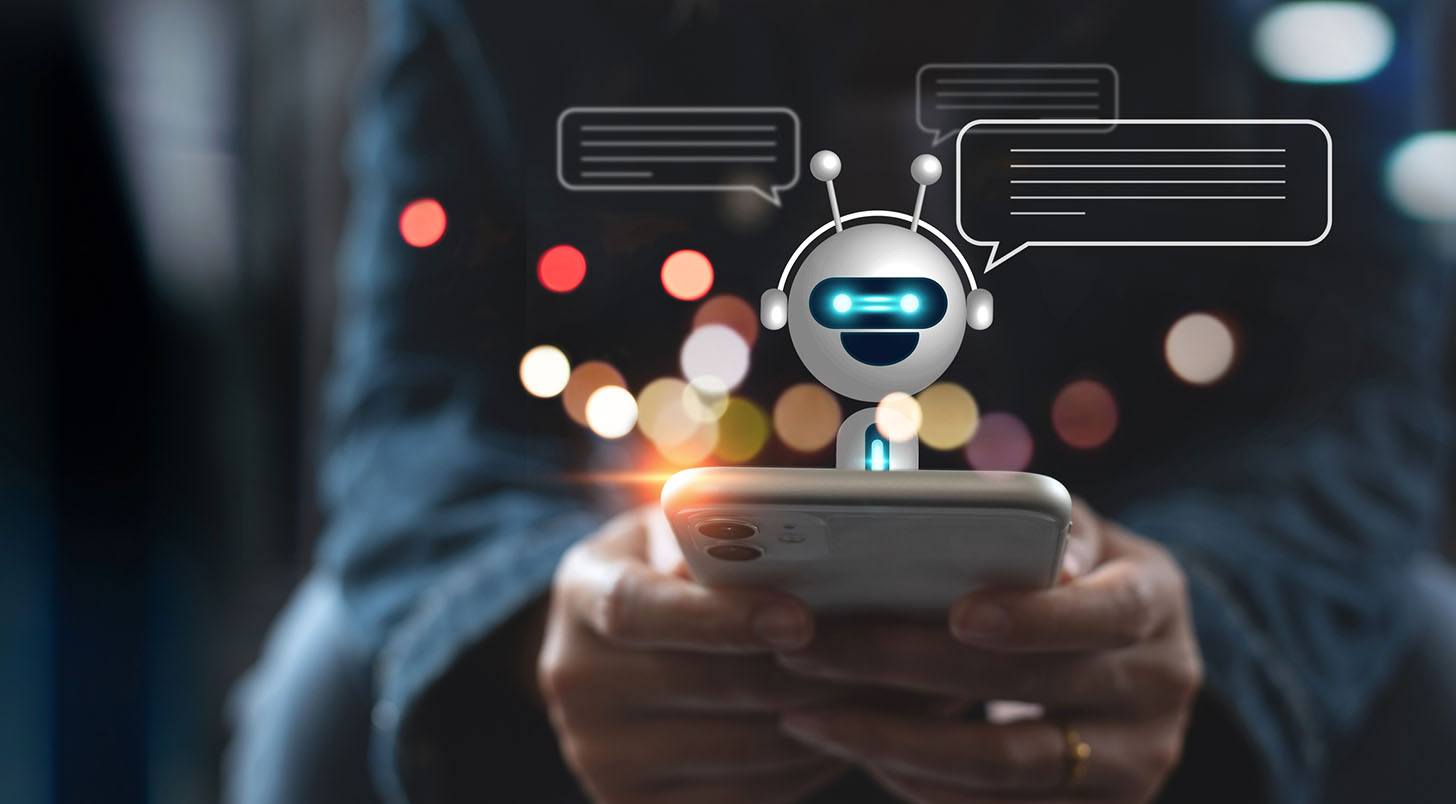With all the headlines since ChatGPT launched last November, and Google’s Bard shortly after, you might reasonably think that a new golden age of lifelike chatbots is upon us.
While ChatGPT has certainly made a big splash – racking up 100 million users in just two months – large language models (LLMs for short) have been around a for at least five years with Google’s BERT one of its more notable precursors.
So what is the history behind chatbots that has led up to this point?
Chatbot 1.0 – Eliza and the first chatbots
The very first chatbot (originally called a Chatterbot) was created by Joseph Weizenbaum at MIT in the mid-1960s. It responded to the person talking to it using reflection techniques designed to emulate a psychiatrist – ‘Tell me more.’ Eliza worked by rearranging sentences and following simple grammatical rules, but there was no understanding of what was being said. Similarly, the chatbots that followed up to the late 1980s worked by using complex rule-based logic and recognising keywords.
Chatbot 2.0 – The rise of machine learning and API availability
From the late 1980s onwards, machine learning started to be applied to language processing, allowing bots to be trained on language data to recognise specific user intentions or ‘intents’. Like their predecessors, what the bot would respond with would be largely predetermined.
The ML powered intent recognition allowed for increasing levels of sophistication in the number of intents a bot could recognise and respond to and the accuracy of that recognition. One notable highlight in this era was when IBM took on a group of previous Jeopardy champions in 2011 with Watson and won comfortably. 2011 was also noteworthy for being the year Apple launched voice assistant Siri.
Despite the obvious progress in capability, most chatbots remained quite basic and with limited ambition, mostly answering FAQs and redirecting the user to other channels like phone and email.
Chatbot 3.0 – ChatGPT and the wonders of generative AI
Despite how famous ChatGPT has rapidly become, it’s not the first publicly launched chatbot in this category. That honour belongs to Tay, which was optimistically launched by Microsoft in 2016 on Twitter to talk to users and learn from them. She was designed to learn through conversations with real users and tweet and reply playfully to tweets like someone in their late teens. Her downfall was caused by a determined campaign to expose her to sexist, racist and fascist views which resulted in her being taken down just 16 hours after being launched. This incident accelerated Tay’s demise, but the failure to give Tay any sense of what might be offensive or inappropriate meant its days were numbered from the outset.
ChatGPT has also had its challenges. Although it was created with more guard-rails around appropriate topics of conversation (e.g. how to hot-wire a car), users easily found ways to get around these. A more ominous issue came in the form of ‘hallucinations’ where ChatGPT confidently stated things that weren’t true, for example, when ChatGPT invented a sex discrimination scandal and named a real life law professor as the accused. While the under the hood upgrade from GPT3 to GPT4 has reduced the occurrence of these, they’re nigh on impossible to eliminate completely in a generative LLM.
The Golden Age of Chatbots?
So are we now at the start of a golden age for conversational AI and chatbots? I think we might be, but the answer is more nuanced than generative AI all the way. Generative AI isn’t the best answer in every scenario and can’t be relied upon to articulate legal wording, or perform an action consistently in response to a prompt.
The techniques from the 2.0 generation of chatbots, teamed with the generative capabilities of 3.0 means we can make solutions when we combine these elements. While chatbot 3.0 is undeniably cool, what will really deliver automation of customer services and pre-sales support is chatbot 3.2.
At Valcon, we are already working with customers in multiple countries and industry sectors to combine generative and classical approaches to solve real problems for our customers. One area is the AI revolution in customer services automation, as companies realise the power of an unlimited army of virtual customer support agents able to handle 80-90% of user asks. Another area of focus is unlocking internal information to better support employees and help make them more productive. If you want to see how conversational AI can help your business communicate more effectively, please in touch.














